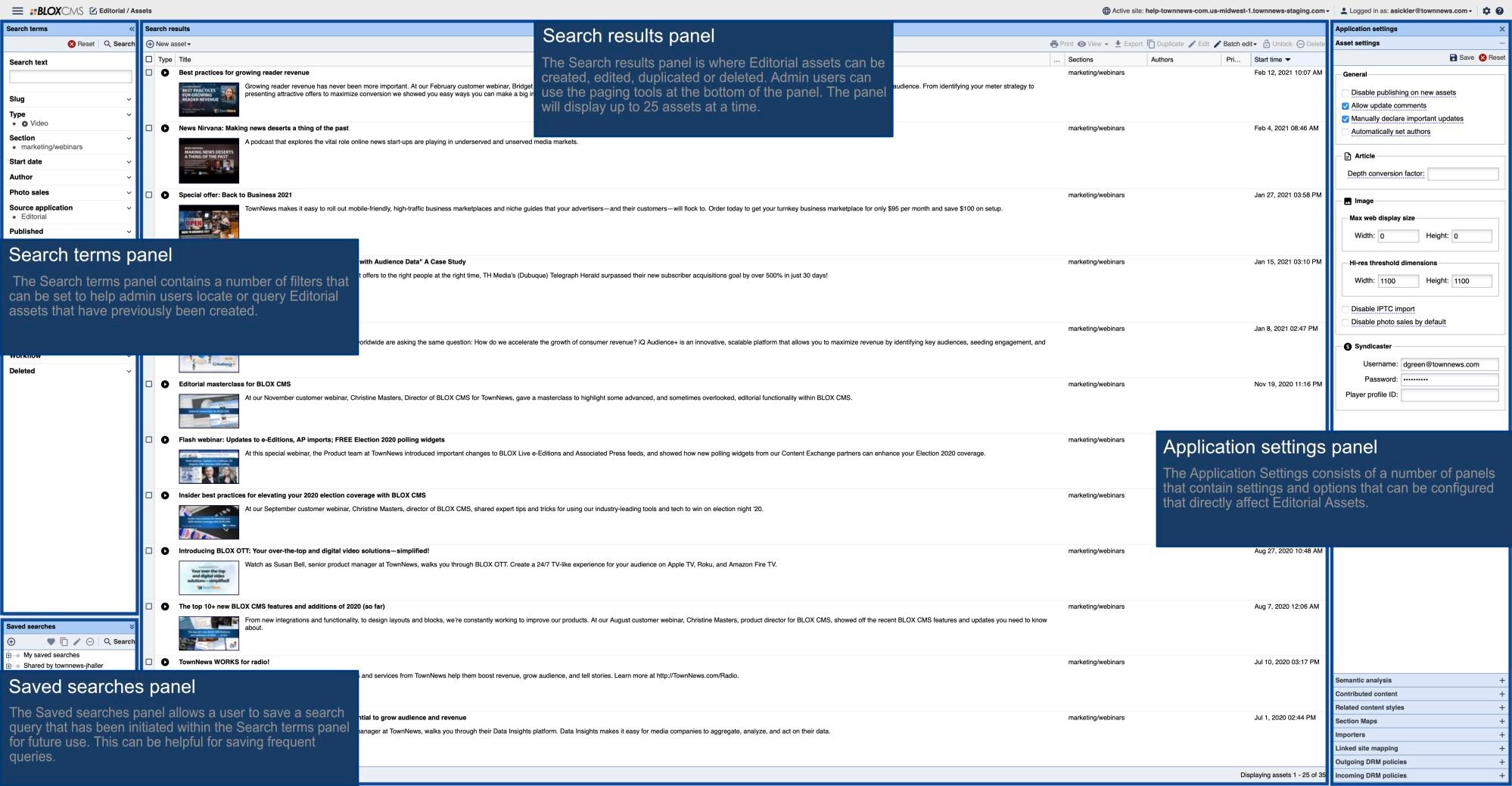This article discusses best practices for video file preparate for internet/web-based video on demand playback.
Users at your location may have access to a variety of video editing software programs, such as Adobe Premiere, Avid Media Composer, Apple iMovie or others. No matter what you’re using, when your file is ready and it comes time to export to publish to BLOX VMS, here are a few things to keep in mind regarding your export options:
BLOX VMS supports user upload of a wide range of video file types, but will transcode any source to .mp4 for cloud storage (the mp4 is then streamed as an .m3u8). If possible, exporting your source to .mp4 is the most efficient file format for publishing to BLOX VMS. Use of .mp4 also allows publishers to include embedded or sidecar closed captions if desired.
Video editing software will allow you to export videos at significant bitrates to meet various standards (DVD, Blu-ray, television, etc), but you do not need to meet those standards for most web-based playback.
The standards for what is considered “high definition” for internet-based video streaming versus broadcast television quality are considerably different. The standard bitrate for ATSC over-the-air transmission of broadcast television is about 18 Mbps. Standards for internet streaming are lower. The bitrate range for most major platforms is in the the 2-8 Mbps range for 720p to 1080p resolution playback (Netflix recommends viewers need 3-5 Mbps for this size).
BLOX VMS recommends bitrates in the 2-4 Mbps range. If you desire to do 1080p output for TV screens on CTV/OTT apps, aim for the higher end of that range.
Managing bit rate is the most impactful thing users can do to keep video file sizes lower, which allows for efficient movement of video when users create a video asset in BLOX VMS.
BLOX VMS currently supports playback up to 1920x1080 resolution. BLOX VMS will look to add support for 3840x2160 (“4K”) as consumer adoption of 4K devices continues.





